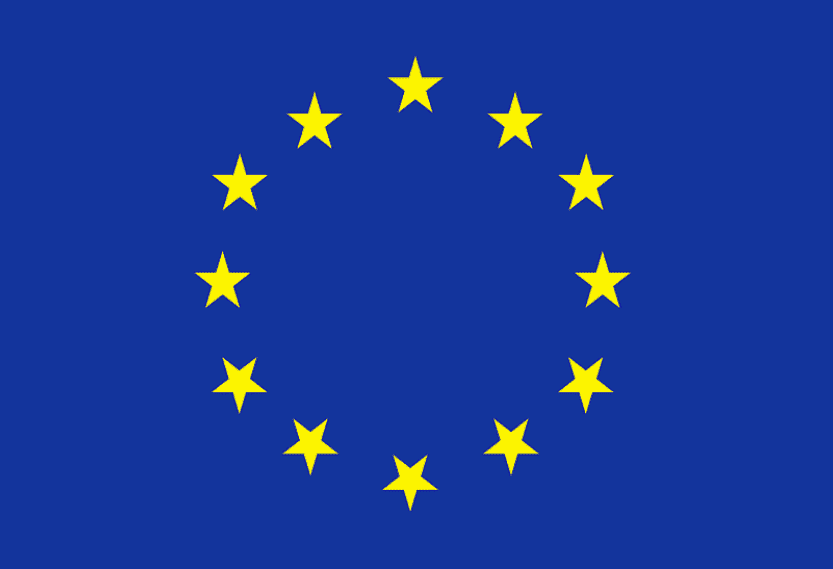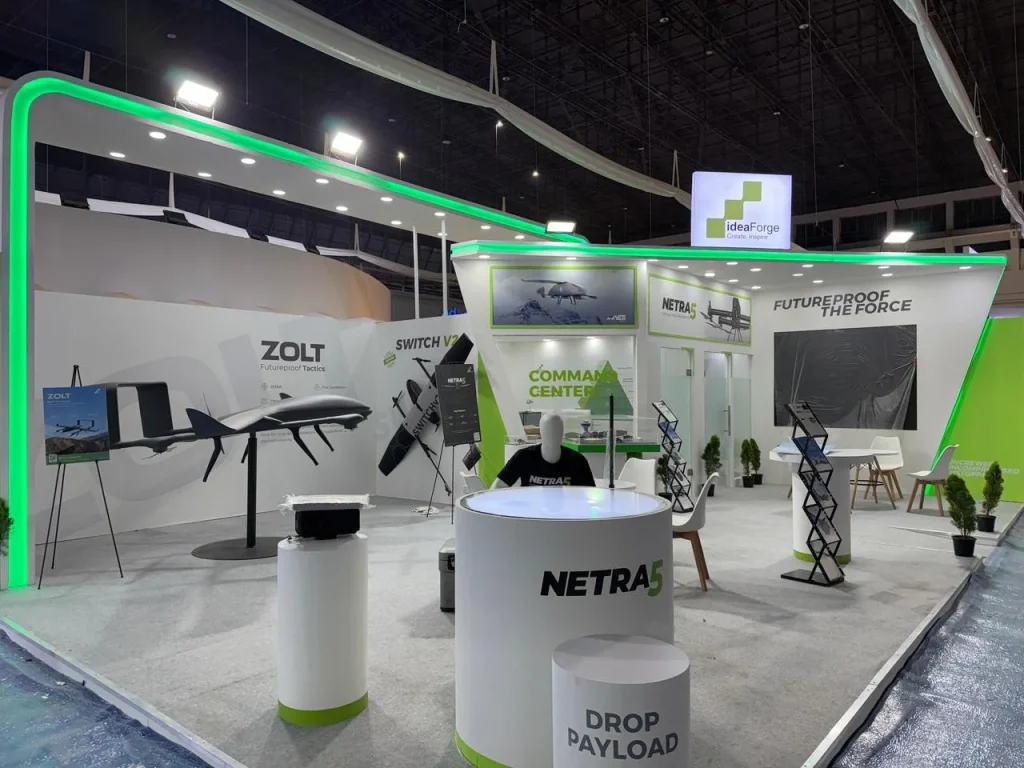
Introduction
With the rapid rise of digital technology and changing event landscapes, virtual and hybrid trade shows have become essential platforms for businesses aiming to expand their brand’s reach. Unlike traditional in-person events, these formats offer unique opportunities to engage with a global audience, increase accessibility, and collect valuable data in real time. For marketing managers, navigating this newer environment requires both strategic planning and an understanding of how to harness the benefits of virtual and hybrid experiences.
Here’s a comprehensive guide to making the most out of virtual and hybrid trade shows to boost your brand visibility and engagement.
1. Understanding the Advantages of Virtual and Hybrid Trade Shows
Virtual and hybrid events blend physical and online components, allowing brands to connect with a much broader audience, regardless of geographic limitations. This flexibility opens doors for companies that may not be able to attend in-person trade shows regularly, whether due to budget constraints or travel restrictions.
Benefits:
- Global Reach: Engaging with audiences worldwide, increasing brand exposure.
- Accessibility: Attendees can join from any location, making it easier for professionals with tight schedules or long distances to participate.
- Cost Efficiency: Virtual formats generally reduce costs associated with travel, accommodation, and booth setup.
- Data-Driven Insights: Digital platforms provide rich data analytics that help track attendee behavior, popular products, and areas of high engagement.
For marketing managers, these advantages mean the potential for greater ROI while gaining deep insights into audience preferences.
2. Create an Engaging Virtual Booth Experience
Just like a physical booth, your virtual presence should be visually engaging, interactive, and welcoming. Think of ways to make attendees feel immersed in your brand through design, technology, and strategic content.
Ideas for Engagement:
- 3D Booths: Use 3D modeling to create a realistic booth environment, complete with clickable features like product displays, informational kiosks, and downloadable materials.
- Product Demos: Pre-record or offer live-streamed product demos with opportunities for attendees to ask questions in real time.
- Chat Rooms: Set up chat rooms or live support where potential clients can engage with team members one-on-one.
Pro Tip: Include a “virtual tour” option that allows attendees to explore the booth and different sections at their own pace. This creates a sense of control and makes the experience more engaging.
3. Implement Gamification to Increase Interaction
Adding gamified elements to your virtual or hybrid booth can encourage attendees to spend more time engaging with your brand. Gamification not only attracts visitors but also makes the experience memorable, leading to a lasting impression.
Gamification Ideas:
- Point-Based Challenges: Create tasks that attendees can complete to earn points, such as visiting different sections, watching product videos, or joining webinars. Offer rewards for reaching point milestones.
- Interactive Quizzes: Make learning about your brand fun by incorporating quizzes on your products or industry knowledge, with prizes for top scores.
- Scavenger Hunts: Encourage attendees to explore all aspects of your virtual booth through a scavenger hunt, rewarding those who complete it with a digital badge or exclusive content.
Pro Tip: Tie gamification rewards to real incentives, such as discounts, product samples, or access to exclusive webinars. This will motivate attendees to fully engage with your brand.
4. Offer Personalized Experiences for Attendees
In a virtual setting, personalized interactions can be highly effective in making attendees feel valued. Use visitor data to tailor your outreach and interaction strategy, making the experience as individualized as possible.
Personalization Tactics:
- Segmented Content: Offer different content options based on attendee interests or industries. For instance, visitors from specific sectors could be guided to materials that are most relevant to their needs.
- Personalized Welcome Messages: When attendees first arrive at your virtual booth, greet them with a customized message based on their job role or previous engagement with your brand.
- Customizable Demo Options: Let attendees choose specific aspects of product demos they’d like to see, allowing them to prioritize information that’s most relevant to them.
Pro Tip: Capture attendee preferences before the event, through pre-registration surveys, to provide personalized recommendations and a customized experience.
5. Leverage Virtual Events for Data Collection and Lead Scoring
The digital nature of virtual and hybrid events provides extensive data-tracking opportunities. By gathering data on attendee engagement, your marketing team can better understand which aspects of your booth or messaging resonate most. This data also makes it easier to qualify leads based on their interactions.
Strategies for Effective Data Collection:
- Heatmaps: Use heatmap analytics to see which sections of your virtual booth draw the most attention. This can inform you about which products or content types are most appealing.
- Lead Scoring System: Assign point values to different actions (e.g., watching a demo, downloading a brochure) to determine the interest level of each attendee. Higher scores indicate leads that are more engaged.
- Surveys and Polls: Place short surveys or polls in strategic parts of the booth to gain insights into visitor preferences, challenges, or satisfaction.
Pro Tip: Integrate your data with your CRM or marketing automation platform to streamline follow-up processes, ensuring timely and relevant outreach.
6. Optimize Post-Event Follow-Up with Personalized Content
The end of the trade show is just the beginning of your relationship with attendees. A successful follow-up strategy is crucial to keeping them engaged and transforming interest into tangible conversions.
Follow-Up Tips:
- Send Segmented Content: Based on the data you’ve collected, categorize attendees into segments and send them tailored content relevant to their engagement level and interests.
- Provide On-Demand Access: Offer recorded versions of product demos, keynote sessions, or panel discussions for attendees to view on-demand, allowing them to revisit information they may have missed.
- Host Post-Event Webinars: Follow up with a value-added webinar that delves deeper into the products or services highlighted at the trade show. This allows you to engage interested attendees in a more intimate setting.
Pro Tip: Schedule follow-ups while the event is still fresh in attendees’ minds. Aim to reach out within a week with relevant materials and thank attendees for engaging with your brand.
7. Analyze and Optimize Your Virtual Event Strategy
Once the event is over, it’s essential to conduct a thorough analysis to understand what worked well and what could be improved for future virtual and hybrid trade shows.
Key Areas to Evaluate:
- Engagement Metrics: Analyze booth traffic, time spent in various sections, and interaction rates to see which parts of the experience resonated most.
- Content Performance: Review which content formats—videos, articles, demos—were most consumed and shared.
- Lead Quality: Assess the quality of leads generated from the event by tracking their conversion rates, engagement in follow-ups, and eventual ROI.
Pro Tip: Use these insights to create a feedback loop for continuous improvement, helping to refine your approach for each subsequent event. Documenting key learnings will also help inform your hybrid and in-person strategies.
Conclusion: Maximize the Potential of Virtual and Hybrid Trade Shows
Virtual and hybrid trade shows represent powerful opportunities to reach new audiences, gather actionable insights, and build meaningful relationships with potential customers. By crafting an engaging virtual experience, utilizing data to personalize interactions, and following up with targeted outreach, marketing managers can maximize brand visibility and turn attendee interest into lasting loyalty.
As virtual and hybrid trade shows continue to evolve, brands that embrace this format and adapt their approach will position themselves as leaders in their industry, reaching more potential customers and driving stronger engagement than ever before.


 Global
Global Europe
Europe

